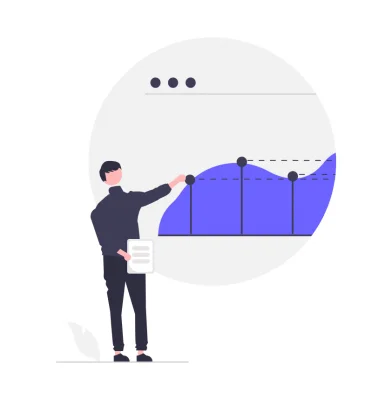
Economics Questions and Answers
Economics questions and answers to help you prepare for JAMB, WAEC, NECO, Post UTME and job aptitude tests or interviews.

Economics questions and answers to help you prepare for JAMB, WAEC, NECO, Post UTME and job aptitude tests or interviews.
The number of people who are qualified to work and who offered themselves for employment are called
Mobility of labour
Working population
Migrant labour
Labour turnover
Correct answer is B
Working population also known as labour force refers to the total number of persons available to supply the labour for the production of economic goods and service. In other words, it is the total number of people of working age in a country who are able and willing by law to work.
Which of the following will cause an increase in cost of production?
Hyper-inflation
Cost push inflation
Structural inflation
Demand pull inflation
Correct answer is B
Cost push inflation occurs when overall prices increase(inflation) due to increases in the cost of wages and raw materials. It can also occur when higher costs of production decrease the aggregate supply in the economy.
Institutions serving as links between surplus and deficit units can be identified as
Tax officers
Pension offices
Financial intermediates
Acceptance houses
Correct answer is C
A financial intermediary is typically an institution that facilitates the channeling of funds between lenders and borrowers indirectly.
------------- is NOT the cause of balance of payments (BOP) deficits in Nigeria
Poor performance of non-oil sector
Export promotion
No import substitution strategies
High servicing of debt
Correct answer is A
The causes of balance of payment deficit are: low level of agriculture, low level of technological development, inadequacies in export promotion strategy, political instability, poor social and economic infrastructure, servicing of huge external debts, existence of import dependent industries etc.
In a two by two model of international trade, it is assumed that
Both countries could gain from trade at the same time, but term of trade is inconsequential for the distribution of the gains
Both countries could gain from trade at the same time, but the volume of the gains depends on terms of trade
Neither country could ever gain from trade since term of trade is depends on the distribution of the gains from trade
Both countries could gain from trade at the same time, and the volume of the gains does not depend on terms of trade
Correct answer is B
The model emphasizes the export of goods requiring factors of production that a country has in abundance. It also emphasizes the import of goods that a nation cannot produce as efficiently. It takes the position that countries should ideally export materials and resources of which they have an excess, while proportionately importing those resources they need.